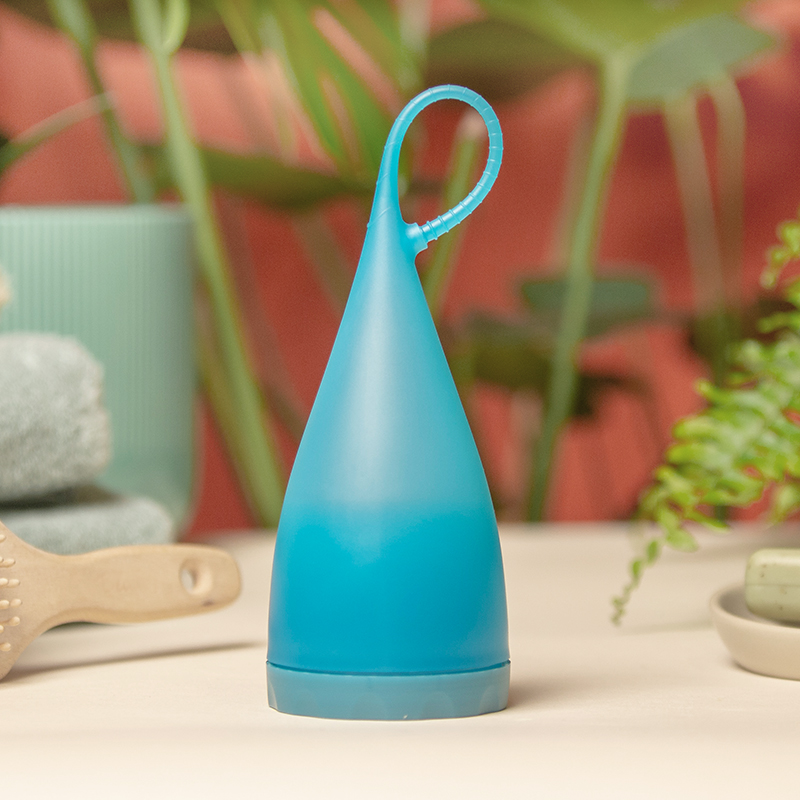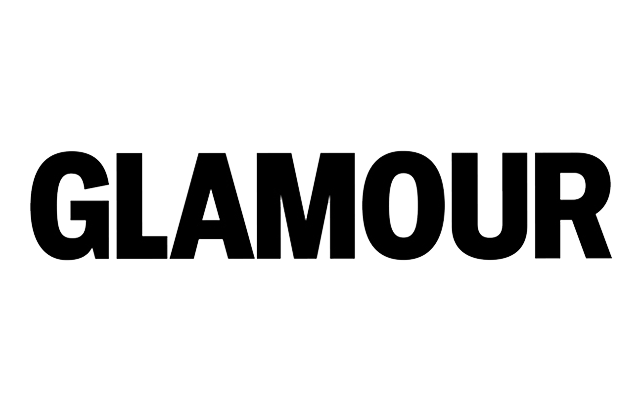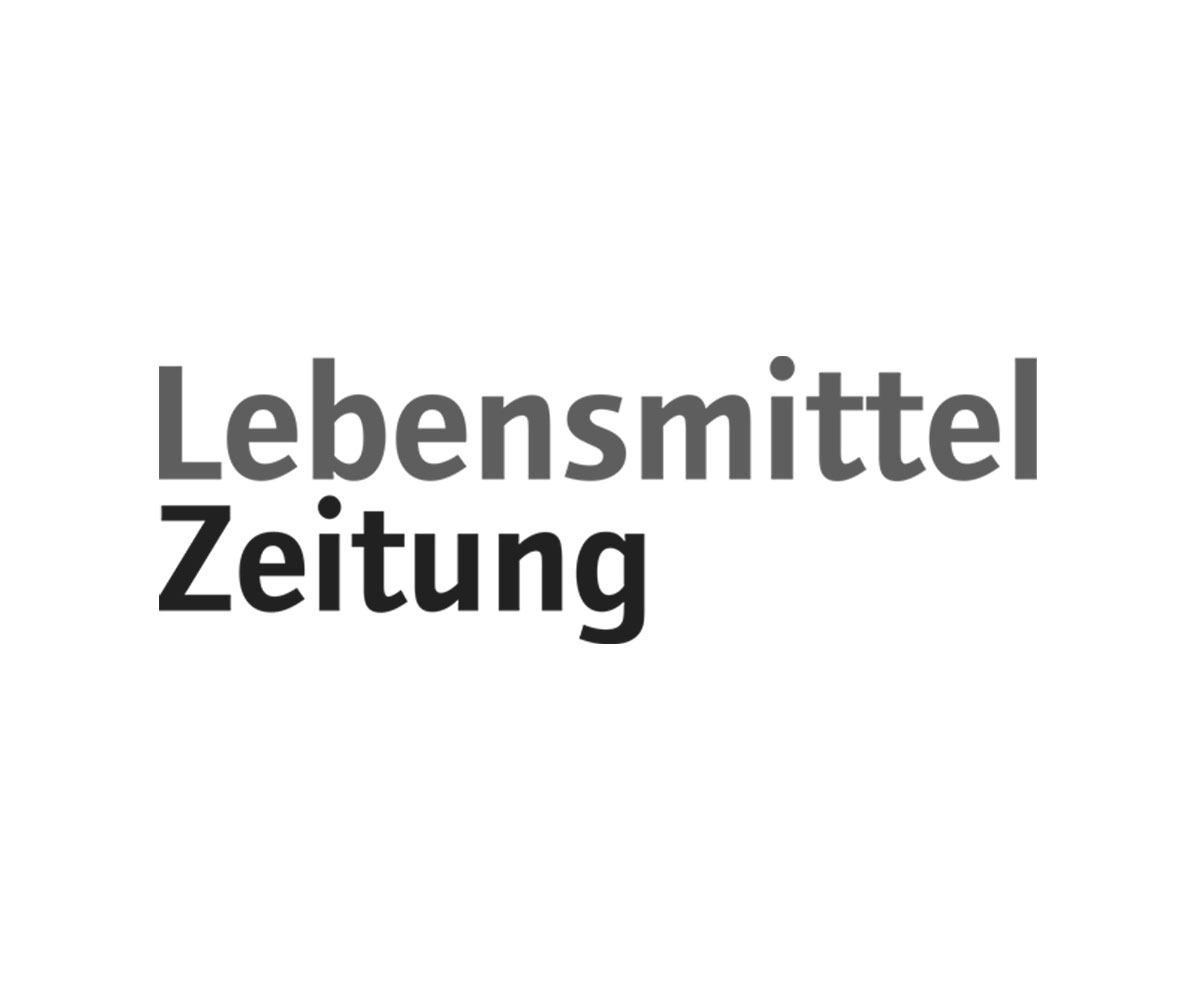design the change
innovative product design towards a circular economy
Cyclic Design applies lifecycle thinking and offers
sustainable design consultancy.
SUSTAINABILITY STRATEGY EXPERTS
Cyclic Design provides sustainable design consultancy on best practices for sustainability applied to product development. Taking environmental issues as a starting point, we consider a product’s entire lifecycle and investigate where we can optimise efficiency and reduce waste. An ecological approach to design (or ecodesign) is an essential tool to minimise the impact of a product.
Sustainability strategy
Design creation
We use creative approaches to an environmental challenge. Creativity can push the boundaries of societal conventions. We use design as a way to form more sustainable behaviours.
Prototyping
Production
After prototyping, we support the technical implementation. We have a wide netwrok of suppliers in Europe and we can build the product supply chain by levaraing the most sustainable materials and producers.
_
_
_
_
_
_
_
_
_
_
_
WHAT IS SUSTAINABLE DESIGN?
Sustainable design takes into consideration the entire lifecycle of a product, not only the way it looks. We analyse the main phases of product’s lifecycle: production, distribution, consumption and end-of-life. Designing a product means for us optimising its lifecycle.
GUIDELINES FOR SUSTAINABLE PRODUCTS
Sustainable design follows guidelines related to production and materials, energy efficiency, waste minimisation, recyclability as well as new circular business models.
Design for the environment,
minimizing waste
Our design process starts with the analysis of environmental issues. We investigate the product’s lifecycle and evaluate where we can make the product more efficient, while minimising the generation of waste.













